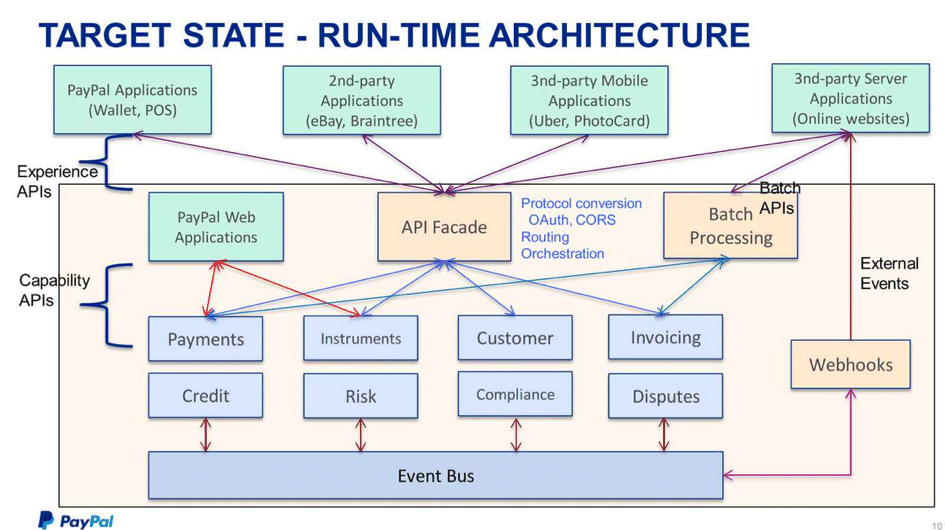William Eck began his business in 1948 in a 650m2 garage building. The aluminium foundry prospered, and now has an 18,500m2 factory in Manitowoc, Wisconsin employing 250 people casting a variety of casings. Like high-tech industries around the globe it needs effective illumination. After it measured its carbon footprint, it realised it needed energy efficient lighting too.
When Eck Industries began its review it had around 360 high-pressure sodium lights throughout the plant. Their operating cost was substantial. After taking independent advice from an independent agency they realised they needed to replace these with more energy-efficient fluorescent lights that consume half as much energy.
The feasibility team conducted performance tests to determine the optimum solution. After selecting enclosed, gasketed and waterproof T8 fluorescents (available in G13 bipin, single pin and recessed double contacts) they collaborated with the supplier to calculate the best combination of 4 and 6 bulb fixtures.
The fittings they chose cost $60,000 plus $10,000 installation. However a $33,000 energy rebate wrote down 47% of this immediately. They achieved further energy savings by attaching motion sensors to lights over low-traffic walkways.
The retrofit was a huge success, with an 8 month payback via a direct operating saving of $55,000 a year. Over and above enhanced illumination Eck Industries slashed 674,000 kilowatt hours off its annual lighting bill. During the 20 year design life, this equates to a total 13.5 million kilowatt hours. Other quantifiable benefits include 443 tons less carbon, 2 tons less sulphur dioxide, and 1 ton less nitrogen oxide per year.
Many companies face similar opportunities but fail to capitalise on them for a number of reasons. These may include not being aware of what is available, lacking technical insight, being short of working capital and simply being too busy to focus on them.
Eck Industries got several things right. Firstly, they consulted an independent specialist; secondly they trusted their supplier to provide honest advice, and thirdly they accepted that any significant saving is worth chasing down. Other spin-offs were safer, more attractive working conditions and an opportunity to take their foot off the carbon pedal. This is an excellent example of what is possible when you try.
If you have measured your illumination cost and are concerned about it (but are unsure what the metric means within the bigger picture) then Ecovaro offers online reports comparing it with your industry average, and highlights the cost-benefits of alternative lighting.
